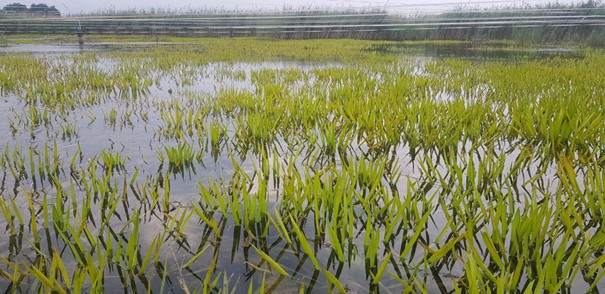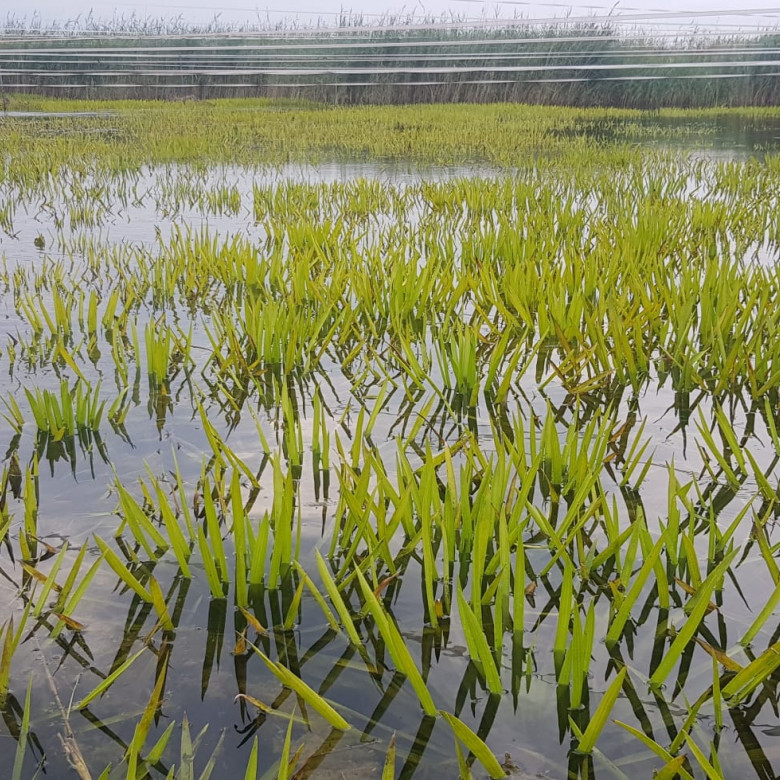Monitoring water quality on the Volgermeerpolder
On the Volgermeerpolder, between Amsterdam and Broek-in-Waterland, the (ecological) water quality has been monitored for several years by Research Centre B-WARE. This as part of the development of wetland nature goals. Clear and plant-rich water in the sawas and watercourses is aimed at by the municipality of Amsterdam. Clear water provides a habitat for many different plant and animal species. Eventually, the aim in the sawas is also to achieve terrestrialisation and peat formation. Monitoring helps to track development, evaluate and identify any bottlenecks in time.
In general, the water quality - based on nutrient concentrations and pH, among others - of the monitored waters in the Volgermeerpolder can be characterised as good; especially compared to the surrounding waters in Waterland. The waters of the Volgermeerpolder can be characterised as moderately nutrient-rich and strongly buffered, (very) clear and also plant-rich. Although water quality is good in most places, large amounts of filamentous algae are temporarily present in some sawas and there have also been problems with blue-green algae. Sulphate concentrations are still relatively high in several locations, which can be unfavourable for peat accumulation (peat accumulation is also monitored separately).
Peat development is pursued through reed growth, but can also occur through accumulation of plants of Stratiotes aloides. To this end, in a pilot in late 2020, plants of Stratiotes aloides were transplanted from a donor site to one of the sawas. After two years, plant development and water quality in this sawa were monitored. In addition, a sawa was monitored where Stratiotes aloides plants from the STW PeatCap (2011-2015) study were still growing. The transplanted plants became established in the sawa and continued to develop. The water was generally clear, but low CO2 concentrations in the water prevented all the plants from emerging (yet). Besides the Stratiotes aloides plants, other native and target plants such as Utricularia vulgaris came along with the transplantation.

